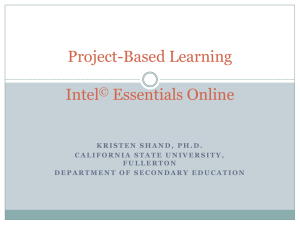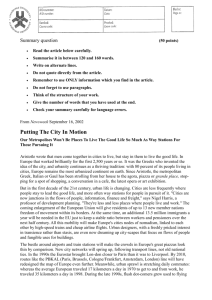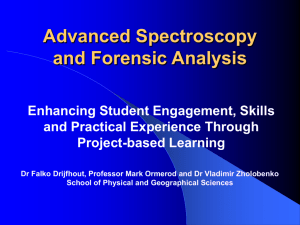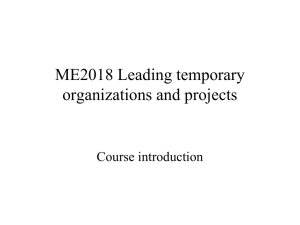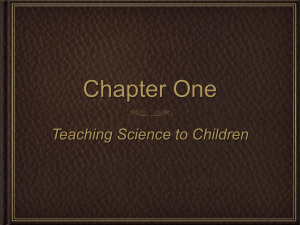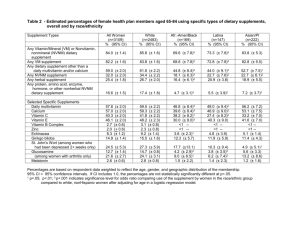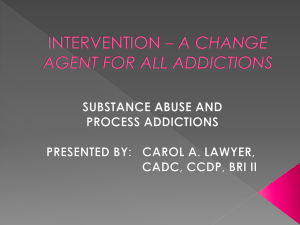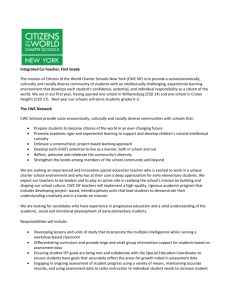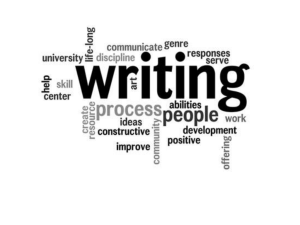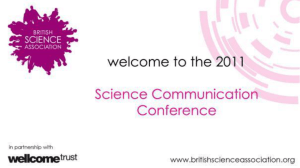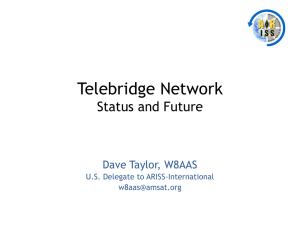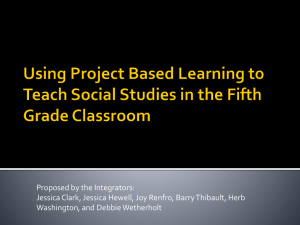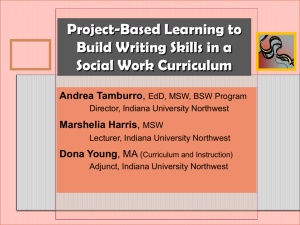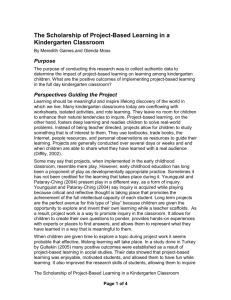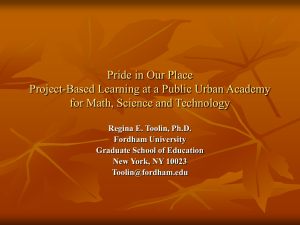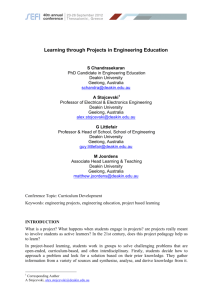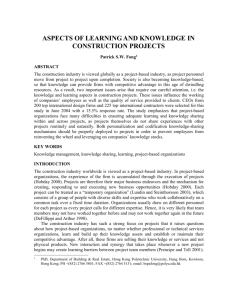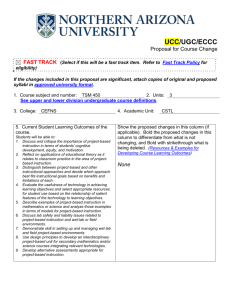21st Century Schools
advertisement
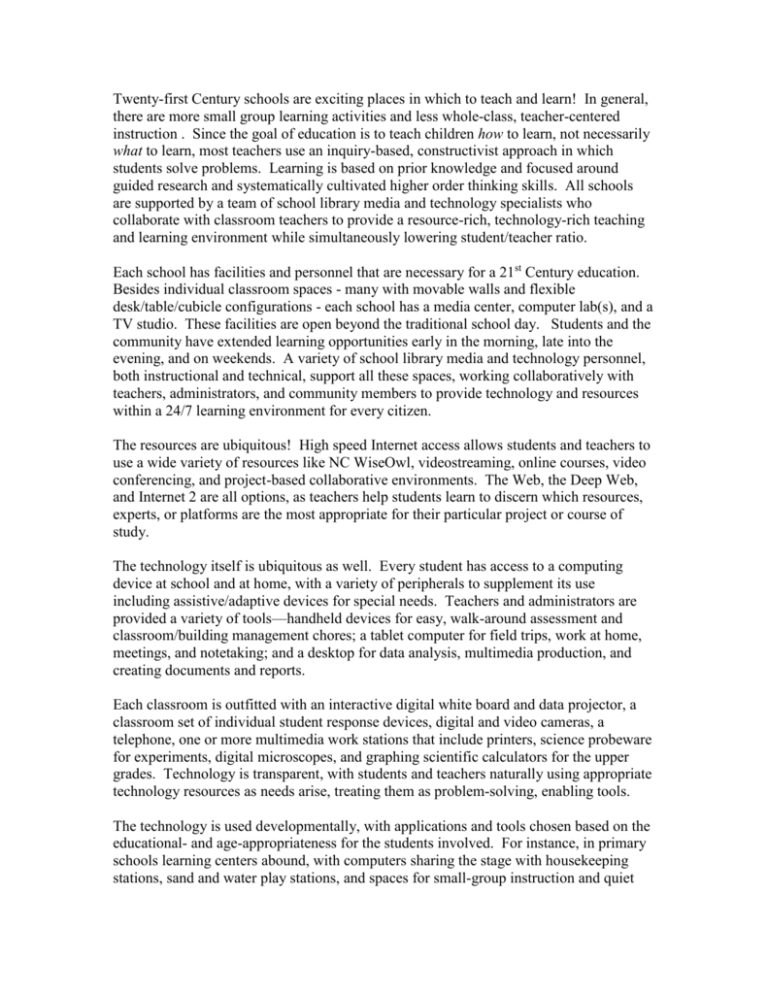
Twenty-first Century schools are exciting places in which to teach and learn! In general, there are more small group learning activities and less whole-class, teacher-centered instruction . Since the goal of education is to teach children how to learn, not necessarily what to learn, most teachers use an inquiry-based, constructivist approach in which students solve problems. Learning is based on prior knowledge and focused around guided research and systematically cultivated higher order thinking skills. All schools are supported by a team of school library media and technology specialists who collaborate with classroom teachers to provide a resource-rich, technology-rich teaching and learning environment while simultaneously lowering student/teacher ratio. Each school has facilities and personnel that are necessary for a 21st Century education. Besides individual classroom spaces - many with movable walls and flexible desk/table/cubicle configurations - each school has a media center, computer lab(s), and a TV studio. These facilities are open beyond the traditional school day. Students and the community have extended learning opportunities early in the morning, late into the evening, and on weekends. A variety of school library media and technology personnel, both instructional and technical, support all these spaces, working collaboratively with teachers, administrators, and community members to provide technology and resources within a 24/7 learning environment for every citizen. The resources are ubiquitous! High speed Internet access allows students and teachers to use a wide variety of resources like NC WiseOwl, videostreaming, online courses, video conferencing, and project-based collaborative environments. The Web, the Deep Web, and Internet 2 are all options, as teachers help students learn to discern which resources, experts, or platforms are the most appropriate for their particular project or course of study. The technology itself is ubiquitous as well. Every student has access to a computing device at school and at home, with a variety of peripherals to supplement its use including assistive/adaptive devices for special needs. Teachers and administrators are provided a variety of tools—handheld devices for easy, walk-around assessment and classroom/building management chores; a tablet computer for field trips, work at home, meetings, and notetaking; and a desktop for data analysis, multimedia production, and creating documents and reports. Each classroom is outfitted with an interactive digital white board and data projector, a classroom set of individual student response devices, digital and video cameras, a telephone, one or more multimedia work stations that include printers, science probeware for experiments, digital microscopes, and graphing scientific calculators for the upper grades. Technology is transparent, with students and teachers naturally using appropriate technology resources as needs arise, treating them as problem-solving, enabling tools. The technology is used developmentally, with applications and tools chosen based on the educational- and age-appropriateness for the students involved. For instance, in primary schools learning centers abound, with computers sharing the stage with housekeeping stations, sand and water play stations, and spaces for small-group instruction and quiet reading. Children walk up to the interactive digital white board to identify vowels or solve simple addition problems while their classmates watch from their seats, eagerly waiting their turns for teacher praise and validation. At reading assessment time, teachers follow along and log students’ progress using hand-held devices, eventually downloading their data for comparative analysis. Even the youngest children take digital pictures or videos, using them to tell a story or to document a process or project. Their teachers demonstrate early science concepts using digital microscopes and probeware, building on all children’s natural curiosity of the world around them. These young students learn to use the library media center immediately, moving back and forth between it and their classrooms with great regularity, even several times a day. They are thrilled with the responsibility they have been given of checking in and out their books through the automated circulation system. The library media coordinator and technology facilitator collaborate consistently with these classroom teachers in providing research projects so that these primary students learn what it is to become problemsolvers and independent learners. They are using early reading Web sites and software, making their own classroom books, hosting school-wide television shows, and sending encouraging e-mails to sick classmates early in their school careers. As these children move into upper elementary grades, they are gradually introduced to one-to-one computing. Students use their own computing device for research, project development, and possibly extra assistance in grasping complex tasks. The learning center approach of the primary grades morphs into small group work, with children of various interests and abilities taught how to accept responsibility for their own and others’ work within the project-based learning environment. The media coordinator, technology facilitator, and classroom teachers work together to design units and projects based on the curriculum found in the North Carolina Standard Course of Study that supplement, expand, and enhance instruction. Students move in and out of the media center, continuing to explore their reading interests, both personal and curriculum-related. They also begin the exciting process of small group research work that combines blocks of classroom and media center time, as they gather a variety of resources—books, websites, videos, personal interviews—and pull information from all these sources to create new knowledge-based projects. These projects could be as diverse as an extended interview or video for the school’s daily TV program, a PowerPoint presentation for the next PTO program, a group-created Web site, or a project book bound and housed in the school’s library media center. This independent-learner-centered environment is continued and increased throughout a student’s middle school career. Once again student abilities and skills are acknowledged and built upon as teachers use technology resources and project-based learning to differentiate instruction. Interactive digital whiteboards and individual student response systems help teachers to determine the percentage of students who understand certain skills or concepts, allowing re-teaching for either the whole class or individual students as necessary. Some students will be introduced to online courses. Others may use online modules from a learning object repository that illustrate specific concepts for review or that enrich instruction. Still others will be paired with community members, distant experts, or students from other states or countries as they work together on common classroom or personal projects. Teachers continue to plan, structure, and guide these endeavors carefully. They rely upon media and technology personnel to move in and out of their classrooms, just as students cycle through the media and technology facilities. This effectively reduces class size, provides individual attention where needed, and offers the chance to encourage early adolescents to develop special relationships with positive role models. In high schools, students use technology to transform their educational environment. Some students may choose to expand their school day, taking traditional face-to-face classes during school hours and online courses at other times. Others may choose to supplement the school day with one or more online courses while a small number of teens may opt out of traditional high school altogether and graduate from an online program. Colleges and universities provide video and online instruction so that high school students can begin to gain college credit. High school graduation projects are enabled by technology tools that help students collaborate with scientists or researchers from around the world. Students may physically leave the high school campus and remain connected to their schools via e-mail, cell phones, webcams, and chat. Media and technology personnel and facilities continue to be vital in this learning equation as they help students research potential learning partners and situations, complete large projects and papers, and explore and provide new learning technologies and resources. Technology is especially helpful to our most challenged students. Computers help ADD and LD children focus on the task at hand; interactive drill-and-practice programs provide extra help to slower students; assistive technologies give physically challenged children the tools to communicate; successful experiences with interactive digital white boards can produce a smile or a few first words from an autistic child; and a school television studio can convince an abused child that life is worth living. Technology success can equal self-esteem and confidence in children who need hope and encouragement, opening doors where they thought there were none. Technology in schools is an amazing accelerator and motivator, yet it is meaningless without the careful guidance and nurturing of classroom teachers and media and technology personnel. These are the individuals who bring the rigor, relevance, and relationships so important to 21st Century learning; technology is only the tool they use to help them work their magic.
